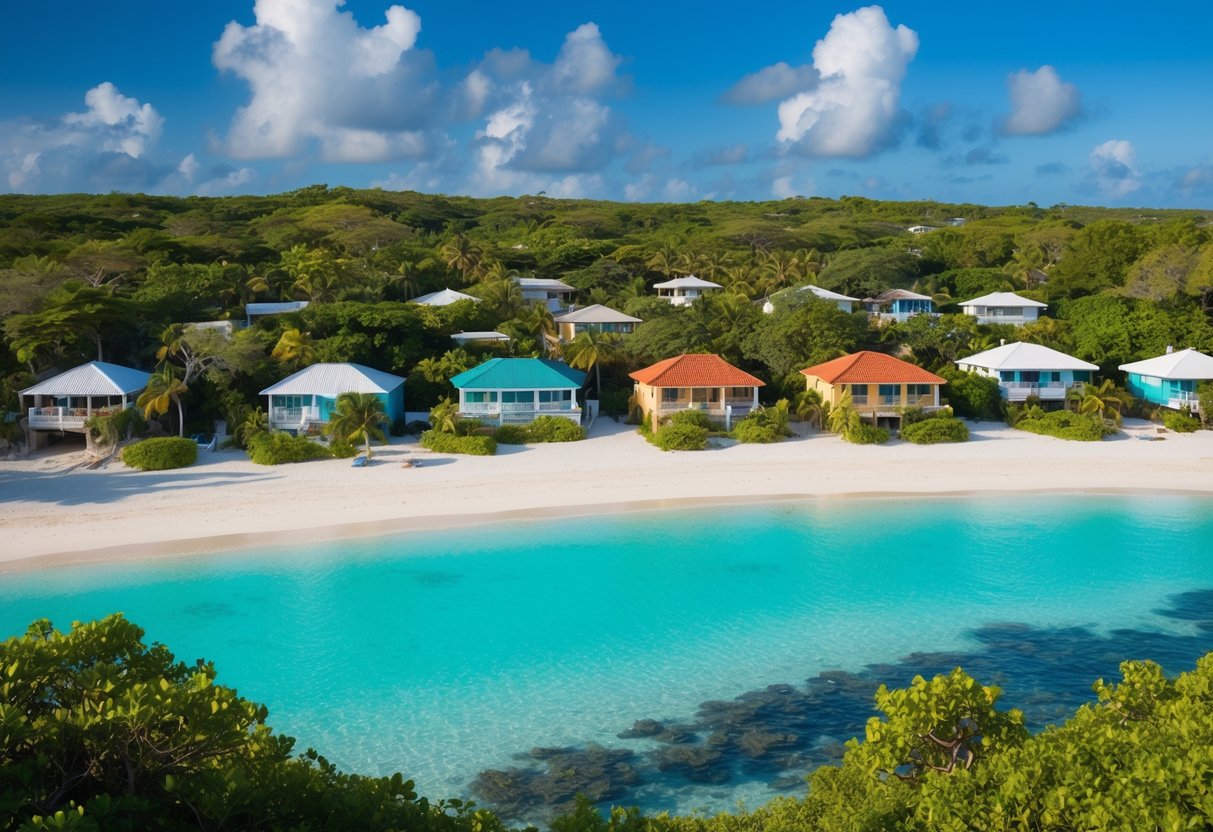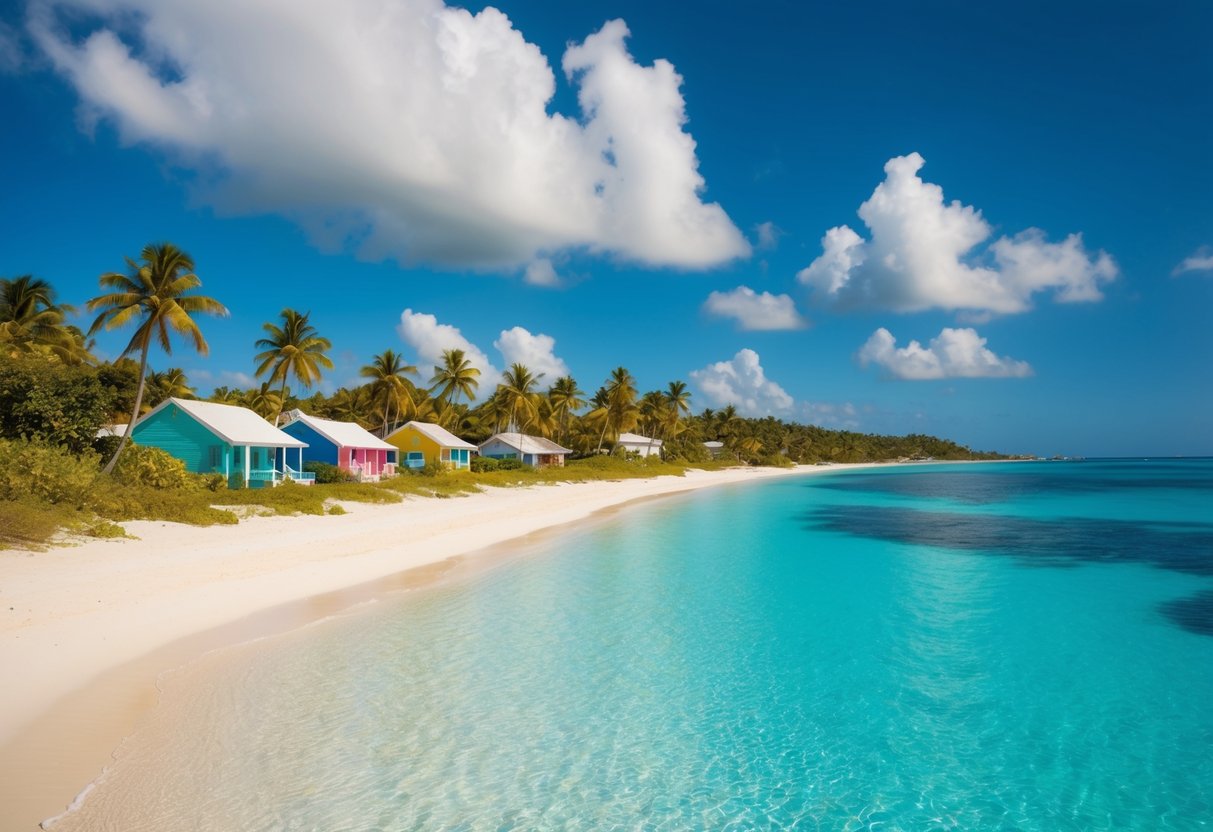
Embracing Nature and Wildlife
Embracing the beauty of nature and exploring the wildlife-rich Caribbean offers visitors a unique experience. From the lush rainforests of Dominica to the enchanting hiking trails of Saba, this part of the world has something for every nature lover.
Eco-Adventures in Dominica
Dominica is an unspoiled paradise, known for its lush rainforests and spectacular landscapes. For those seeking eco-adventures, the island offers countless opportunities to engage with nature. Dominica’s diverse ecosystem provides habitats for rare wildlife, including the vibrant Sisserou Parrot and the elusive agouti. These ventures allow visitors to appreciate the unique flora and fauna of the region.
The Emerald Pool offers a refreshing natural spot for travelers to explore. This stunning waterfall, surrounded by thick green vegetation, invites swimmers and photography enthusiasts alike. Nature lovers can find tranquility amid the serene surroundings. Another popular spot is the Boiling Lake, an awe-inspiring sulfurous lake within Morne Trois Pitons National Park. Hiking through the rugged terrain rewards adventurers with breathtaking views.
Hiking Trails of Saba
Saba, a haven for hikers, is home to some of the most scenic trails in the Caribbean. Mount Scenery, the highest point in the Netherlands, offers a rewarding trek with panoramic views of the island and ocean. The trail winds through a cloud forest filled with lush foliage, lending a mystical atmosphere to the ascent.
For those seeking less rigorous hikes, there are trails like Sandy Cruz Trail, which showcases diverse plant life and stunning lookout points. Here, hikers immerse themselves in the island’s natural beauty, often spotting unique bird species along the way. These trails provide a perfect setting for hiking enthusiasts to experience the essence of Saba’s natural allure.
Cultural Treasures and Heritage

In the Caribbean, rich cultural heritage is intertwined with the natural beauty of each island. Visitors can immerse themselves in the intriguing local culture, from unique traditions in the Bahamas to fascinating historical sites in Grenada.
Local Traditions of the Bahamas
The Bahamas are renowned for their vibrant cultural expressions and age-old traditions. One of the most prominent events is Junkanoo, a spirited festival featuring lively music, colorful costumes, and dance. Celebrated during the Christmas season, Junkanoo brings communities together in joyous celebration.
Straw weaving represents another important tradition. Bahamian artisans skillfully create baskets, hats, and other handwoven items. This craft not only supports local livelihoods but also preserves cultural heritage.
Another key tradition is storytelling, with tales often rooted in African folklore. These narratives, passed down through generations, connect the Bahamian people to their past and offer insights into local beliefs and values.
Grenada’s Historical Sites
Grenada is home to numerous historical sites, each reflecting a piece of the island’s rich past. Fort George, constructed in the 18th century, offers panoramic views of St. George’s harbor. This fort provides a glimpse into the colonial history and strategic significance of the island.
Belmont Estate, a restored 17th-century plantation, invites visitors to explore Grenada’s agricultural heritage. Visitors can learn about traditional cocoa processing and enjoy the lush surroundings of this working estate.
The Dougaldston Estate, another historical site, highlights Grenada’s spice production legacy. This plantation allows visitors to experience the aromas of nutmeg and cinnamon, integral to Grenada’s identity as the “Spice Isle.”